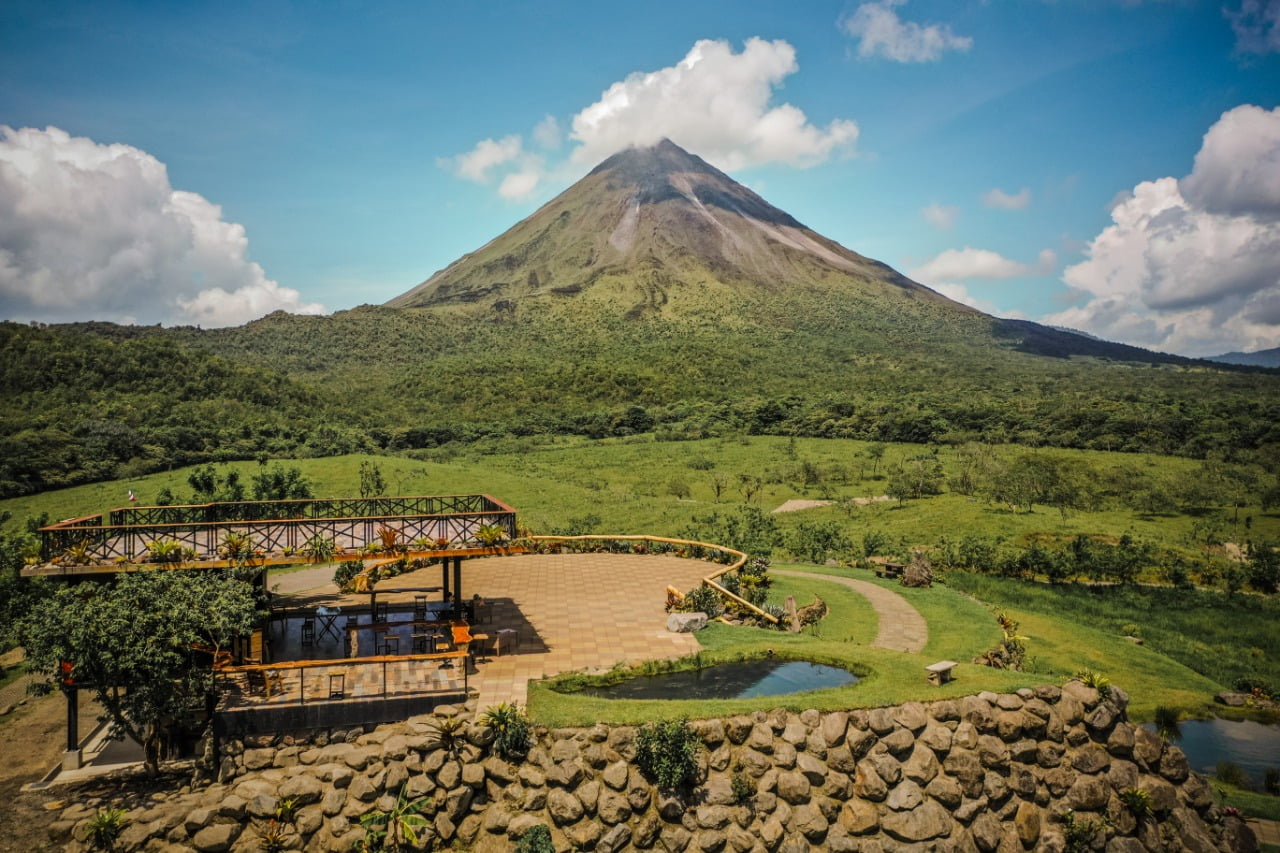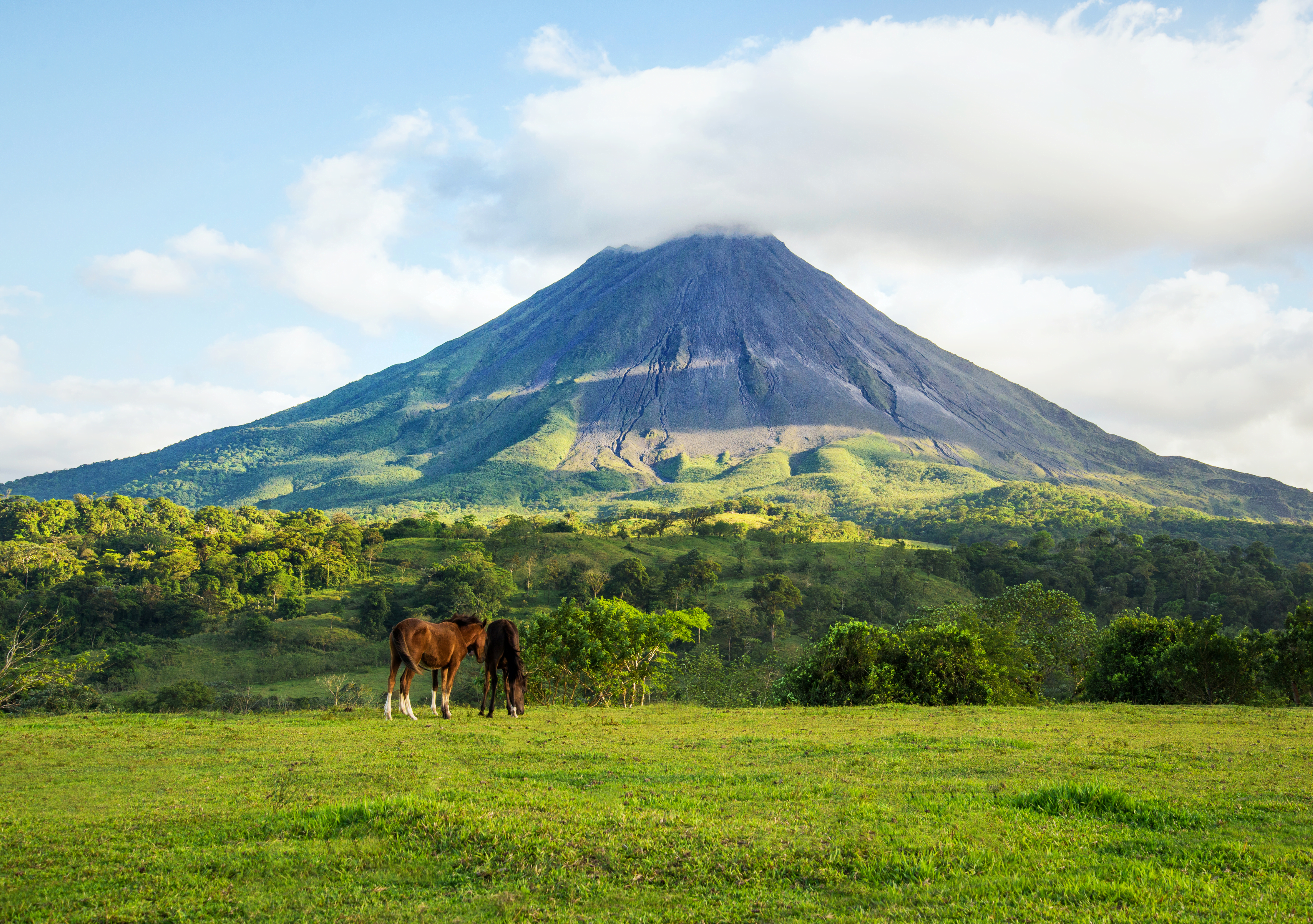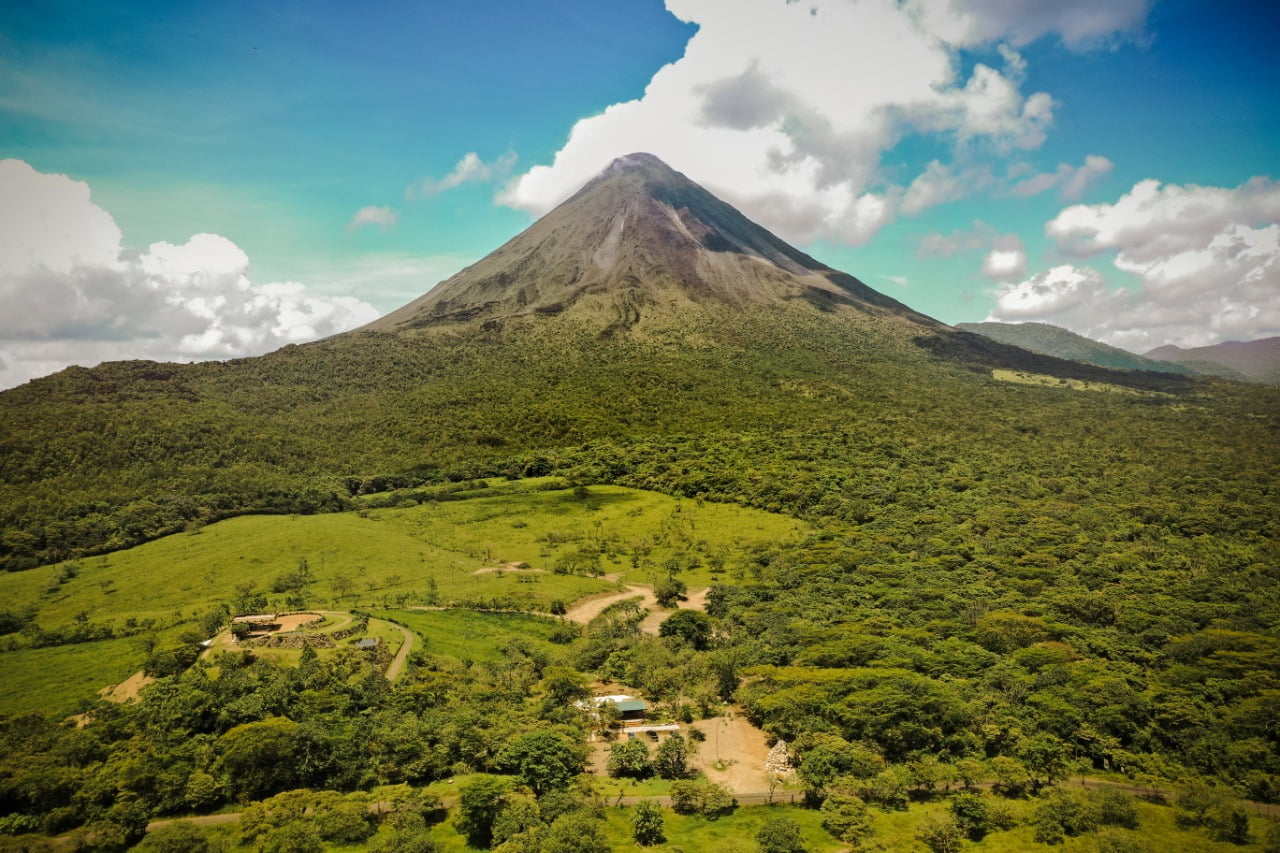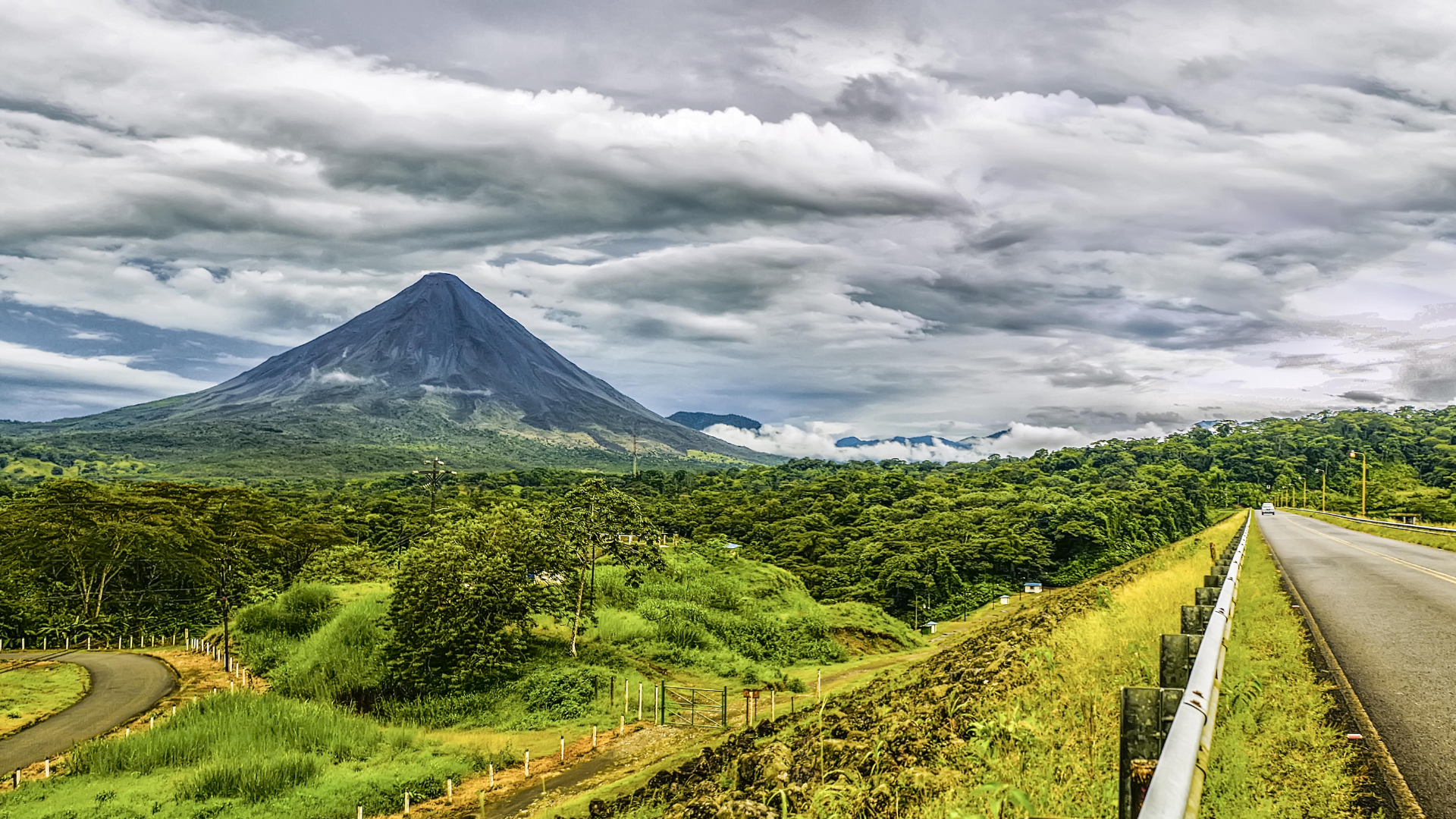Arenal Volcano Park 1968 Trails
Prices
The Arenal Volcano is one of the most iconic landmarks the grand majority of Costa Rica travelers is aspiring to witness during their visit. However, astonishingly the Arenal Volcano National Park with a reach of 29,692-acre (12,016-ha) is located within the larger 504,094-acre (204,000-ha) Arenal Conservation Area, which protects about 16 nature reserves between the Tilarán and the Guanacaste Mountain ranges. The Arenal Volcano National Park (PNVA) was established only back in 1991, yet beholds an incredible history that many local Costa Ricans like to share.
The History of Costa Rica’s most iconic landmark:
The Arenal Volcano National Park, in fact, has two volcanoes - the 5,357-foot (1,633-meter) Arenal Volcano and the 3,740-foot (1,140-meter) Chato Volcano. The latter has been inactive for nearly 3,500 years and has a collapsed crater that contains a picture-perfect lagoon.
Until 2010, the Arenal Volcano was Costa Rica’s most active volcano. Much to the enjoyment of its visitors, Arenal spewed enormous amounts of lava, gas and ash on a regular basis. That eruptive cycle – which began with the infamous eruption of 1968 – ended recently. According to scientists at the National Seismological Network (RSN), Arenal is resting, not dead—a process that is natural for active volcanoes in its evolution.
On the morning of July 29th, 1968 after a sequence of local earthquakes Arenal’s most active volcanic period began with a major explosive eruption causing 78 deceases in “Tabacon” and “Pueblo Nuevo”. La Fortuna village, although on the other side of the volcano suffered from ash fall and was evacuated.
Today, Arenal plays a large role in Costa Rica's power production. Lake Arenal, at the base of the Arenal Volcano, supplies 12 percent of the country's hydroelectric energy. On the opposite side of the lake, wind farms catch strong gales that whip across the Tilarán mountain range, while the Miravalles Volcano Geothermic Plant taps into the area’s volcanic activity for electrical power.
For the Self-Explorer:
Within the national park, short trails (3.4 km and 2 km) pass through both secondary forest and lava fields from previous eruptions. The park rangers keep a close eye on the volcanic activity, and will not hesitate to close trails or portions of the park if they feel that it is unsafe.
Hours:
Daily from 8:00 am to 4:00 pm
Why Book a Guided Tour?
When exploring the Arenal Volcano National Park, it's not just about seeing rocks or following a trail. A guided tour offers you the opportunity to delve deep into the rich history of the Arenal Volcano, uncovering its fascinating past and geological significance. Our knowledgeable guides are passionate about sharing insights into the volcano's formation, eruptions, and impact on the surrounding ecosystem. With their expertise, you'll gain a profound understanding of this natural wonder, far beyond what you could learn on your own
